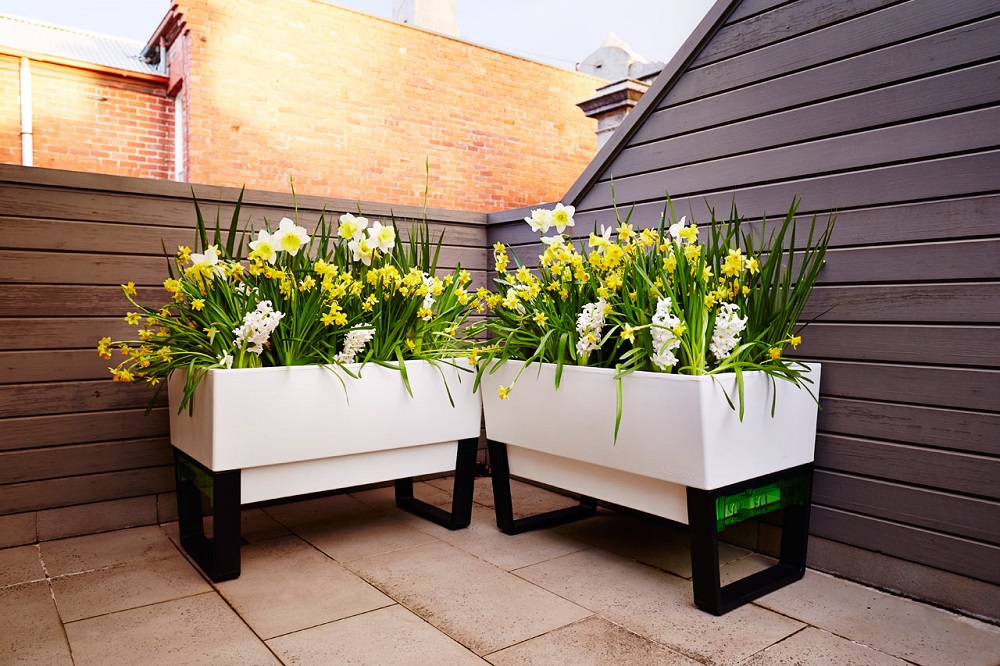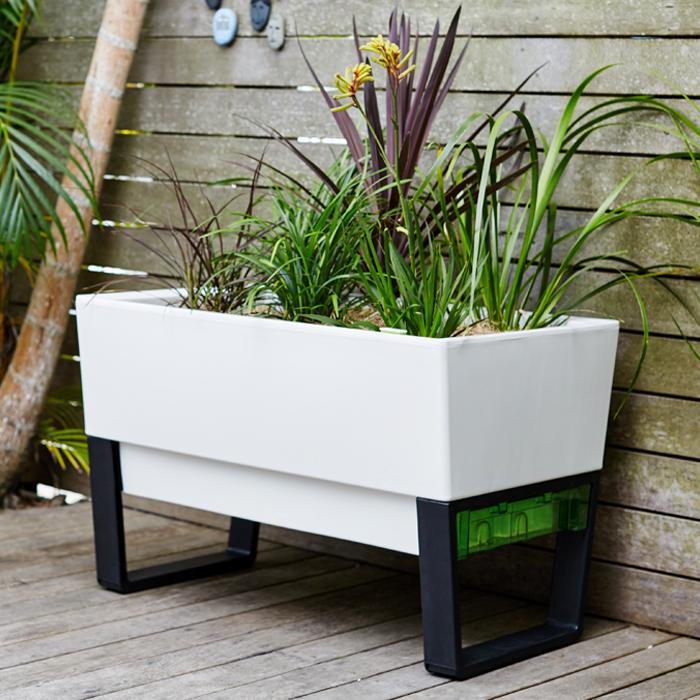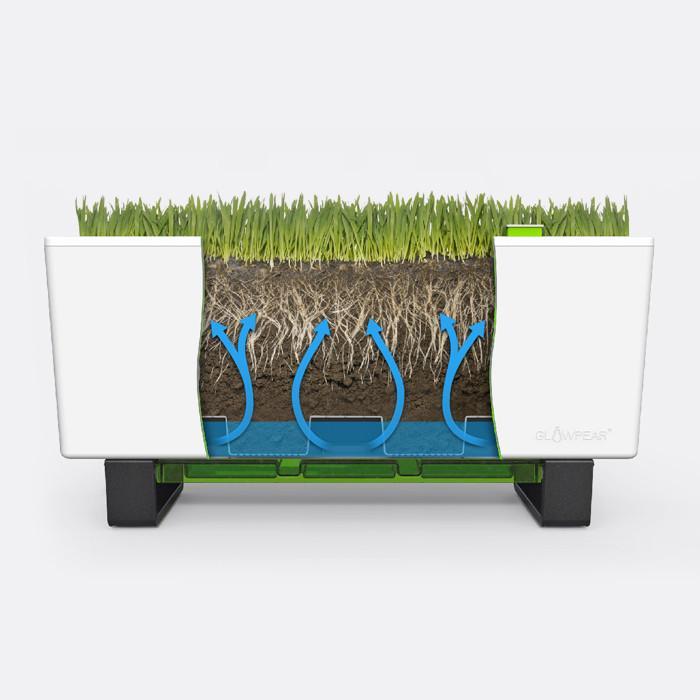
Self-Watering Pots 101: The Key to Thriving Houseplants
We love admiring colourful and luscious houseplants, don’t we? They give a natural beauty to the space and give off pleasantly refreshing scents. While plants are certainly visually appealing, that’s not the only thing about them. Indoor plants also emit oxygen and absorb carbon monoxide, thus helping to keep the air clean. Plus, according to a study by NASA, indoor plants may also remove, or at least decrease, toxins in the air.
Having said that, the presence of greenery can not only enrich your living space and help boost your mood, but it can also be good for your health. So, there really shouldn’t be any reason not to bring some beautiful plants to your home. Even if you consider yourself to lack a green thumb or simply don’t have the time to properly take care of plants, there are innovative solutions that can help your indoor garden thrive. And one such solution is planting in self-watering pots.
Contents
How Do Self-Watering Planters Work?
Despite what their name might suggest, these modern plant pots do not water themselves like magic. You still need to take a minute of your valuable time to add some water to them. However, instead of having to do so each or every few days, these planters only require to be watered as much as twice a month.
The thing that sets self-watering pots apart from traditional planters is the fact that they have a built-in water container at the bottom. There’s an opening on the side of the planter through which you can pour water in the container. Directly above the container is the potting soil. Since the soil isn’t drenched in water, it only wicks up as much as the roots need. And obviously this whole system can have many benefits. So, if you’re considering purchasing these modern plant pots, here’s what you can expect.

Increased Convenience
Self-watering planters make tending to houseplants super easy, especially for people who are forgetful, have packed schedules or travel a lot. You just need to fill up the tank once every two weeks and then be free to live your life without worrying about watering your plants. You can pack up and go on a trip without having to ask someone to take care of your plants while you’re gone. Plus, there’s no risk that a plant will shrivel up immediately simply because you forgot to water it. Can’t get more convenient, right?
Improved Plant Health
But similarly to how not watering your plants can be disastrous for their health, over-watering them can be just as bad. Excess water in the soil can starve the roots from oxygen, thus decreasing their growth and ability to deliver crucial nutrients. In addition, soil drenched with water can become the perfect home to fungi and bacteria which can cause disease. Since self-watering planters ensure that the soil gets just the right amount of water the roots need, the risk of over-watering or under-watering is eliminated.
But sometimes, despite watering your plants properly, they can still experience decreased growth and disease. And one of the reasons for this is because they don’t receive enough nutrients from the soil. In a standard pot, the water passes through the soil and gets drained through a hole in the bottom. As the water drains, some of the nutrients in the soil get washed off. But since the water doesn’t drain, self-watering planters allow for the nutrients to be retained and used by the plants. In addition, the water source located at the bottom encourages the roots to grow downward. And a deep root system provides better support and helps the plant grow faster and healthier.
Water Conservation
Australia is known for its dry climate. While this may be great if you hate rain, it can be detrimental to the development of plants since the soil tends to dry out before the water can reach the roots. However, when it comes to self-watering planters, the water cannot evaporate because it flows directly to the tank at the bottom which is covered by dense soil. As a result, this kind of container is a great solution for water-thirsty plants like strawberries or dwarf fruit trees.
Considering this, these modern planters can be a great option if you care about saving water. Even if you won’t be able to save a great amount of water by yourself, the joined efforts of other people like you can really make a difference.

But Don’t Use Self-Watering Pots If…
Unfortunately, these modern plant pots aren’t suitable for all types of plants. For one, small plants that still haven’t established a good root system won’t be able to wick the water up from the reservoir. They need to be kept in a traditional pot and re-potted when they’re grown enough. Also, some types of plants prefer for the soil to completely dry out between waterings, such as succulents, cacti and orchids. The consistent moisture of self-watering pots can cause the roots of these plants to rot.


No Comments